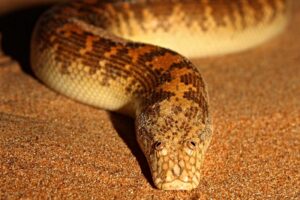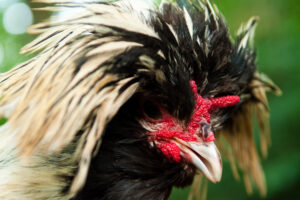Seeds contain small plant embryos, so-called germs, which remain in the embryonic stage until the conditions around them indicate that it is time to mature.
The conditions that need to exist vary from one plant to another, but in general, water is crucial for the germination process. Temperature and light also play a role, because too high or low temperatures can inhibit germination, and light can inhibit certain plants and darken others.
The germ is protected by a seed coat, which usually consists of hard tissue from the mother plant. Most seeds also contain seed white, which is a mixture of starch, protein and fat.
When the plant seed absorbs liquid, the nutrition of the seed white is broken down into smaller units that the germ uses to grow.
Moisture brings the plant embryo to life
When a seed has absorbed a sufficient amount of water, the plant germ bursts out of its resting place behind the shell.
The end that protrudes from a newly germinated seed is the rhizome, which is crucial to the continued germination of the plant, because the root forms a complete network of root canals that allow the plant to absorb more water and nutrients from the ground.
After this, the germ itself grows up towards the surface. It depends on the type of plant whether one or two cotyledons open. After this, the tiny plant under it has received sunlight and triggered photosynthesis, allowing it to continue growing.









